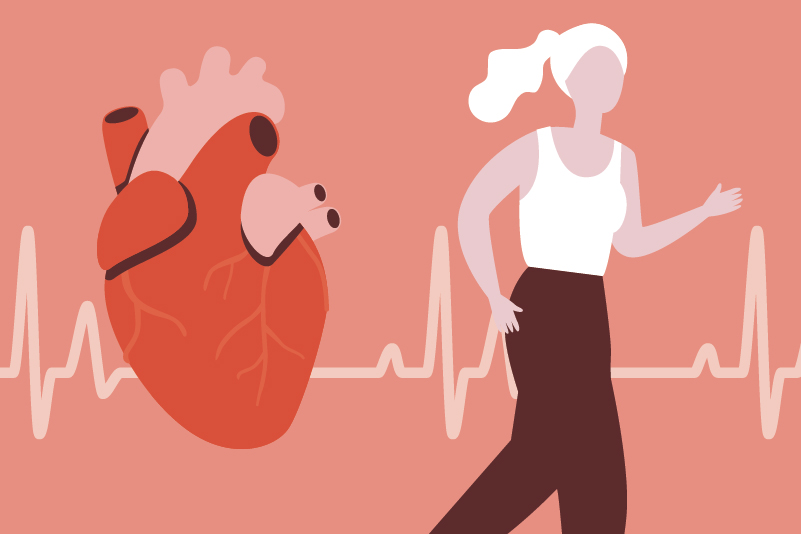#183 What is Urgent About Hypertensive Urgency?

Reading Tools for Practice Article can earn you MainPro+ Credits
Join NowAlready a CFPCLearn Member? Log in
- 143 hospitalized males (mean BP 186/121 mmHg) randomized to hydrochlorothiazide, reserpine, and hydralazine versus placebo.1
- At 18 months, death, CVD, intracerebral/retinal hemorrhage: 3% versus 39% (placebo): Number Needed to Treat=3.
- 58,535 American outpatients (mean BP 185/96 mmHg), 73% known hypertensive, ~60% on ≥2 BP meds, ~25% known CVD.2
- At six months, CVD, stroke or transient ischemic attack=1.2%.
- No difference between in- or out-patient management.
- Limitation: 4.6% of ~2 million office visits had BP>180/110 mmHg – suspect BP measurement inaccuracies.
- At six months, CVD, stroke or transient ischemic attack=1.2%.
- 384 Austrians (BP >220/120 mmHg) recruited after receiving oral treatment in emergency department (ED).3 Patients had numerous investigations/follow-up.
- At four years, CVD, heart failure (HF), or atrial fibrillation=23%.
- 164 Swiss primary care outpatients (mean BP 198/101 mmHg).4 90% asymptomatic or ‘urgent’ (had non-specific symptoms: Headache, dizziness).
- At one year, CVD, HF or peripheral vascular disease=12.8%.
- Limitation: Treating physician reported outcomes.
- 91 inner city African/Hispanic patients in ED (mean BP 209/128 mmHg).5 Non-specific symptoms (example headache, dizziness) in ~66%, 50% known CVD. Majority treated with oral agents (clonidine), most had no follow up.
- At one month, CVD, HF, or encephalopathy=14%.
- Definition of hypertensive urgency varies between studies.
- While optimal speed of BP lowering remains unknown,6 rapid reduction in asymptomatic patients is discouraged.7
- Most hypertensive urgencies occur in known hypertensives,2,4,8,9 often due to medication non-adherance.2,5,10
- Hypertension with acute end-organ damage (example: CVD, aortic dissection, encephalopathy)11 requires immediate intravenous treatment.9







 Complete Activity
Complete Activity
I dont know what to really take away from this expect that maybe super high BP readings are not as urgent as they seem